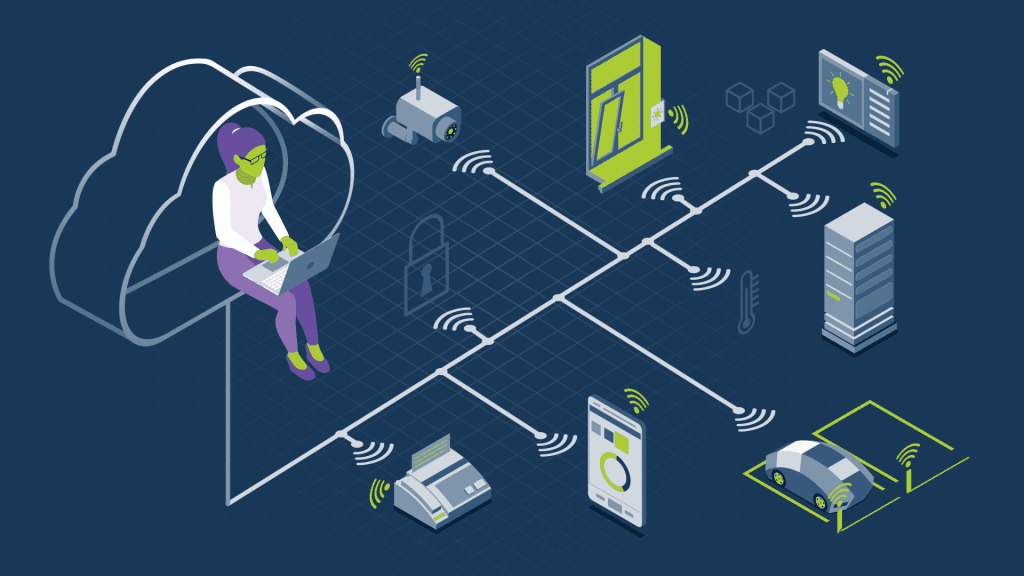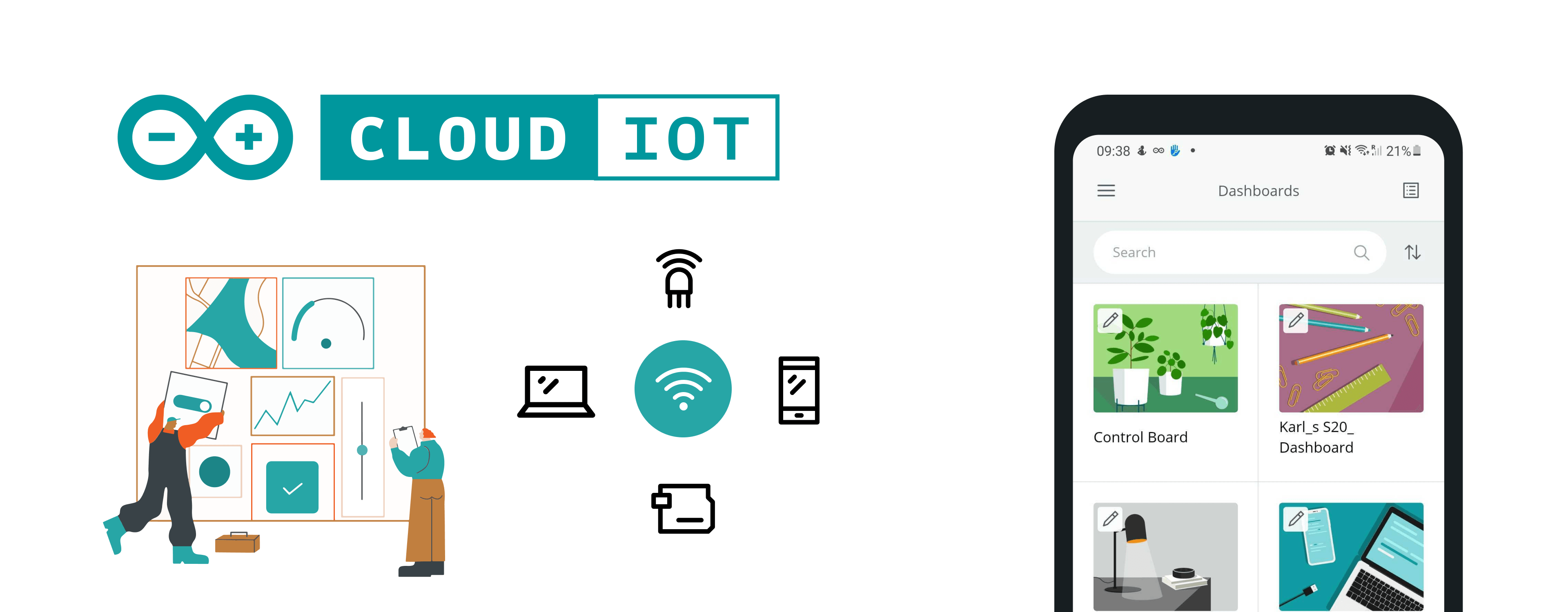In today's interconnected world, the concept of remote IoT (Internet of Things) login has become an essential part of modern technology. Whether you're managing smart home devices, accessing industrial equipment, or controlling agricultural systems, the ability to log in remotely via your Android device is a game-changer. However, ensuring security while maintaining accessibility is crucial. In this article, we'll explore how you can achieve a secure and free remote IoT login on Android without compromising your system's integrity.
With the rise of IoT devices, the demand for remote access has grown exponentially. Businesses and individuals alike are looking for ways to manage their IoT systems from anywhere in the world. However, security concerns often arise when it comes to remote access, especially when using free solutions. This article aims to guide you through the process of setting up a secure and cost-effective remote IoT login system.
By the end of this guide, you'll understand the importance of secure remote IoT login, the tools and methods available, and how to implement them effectively. Whether you're a beginner or an experienced tech enthusiast, this article will provide you with valuable insights and actionable steps to secure your IoT devices.
Read also:Trevor Donovan The Journey Of A Rising Hollywood Star
Understanding Remote IoT Login
Remote IoT login refers to the ability to access and control IoT devices from a remote location. This functionality is particularly useful for managing devices that are not physically accessible. In this section, we'll delve into the basics of remote IoT login and why it's essential for modern technology users.
Why Is Remote IoT Login Important?
Remote IoT login offers several advantages, including:
- Convenience: Access your IoT devices from anywhere in the world.
- Efficiency: Monitor and control systems in real-time without being present.
- Scalability: Manage multiple IoT devices simultaneously.
- Cost-Effectiveness: Reduce the need for physical site visits, saving time and money.
For businesses and individuals, the ability to log in remotely can significantly enhance productivity and streamline operations.
Key Components of a Secure Remote IoT Login System
To ensure a secure remote IoT login, several key components must be in place. These include authentication protocols, encryption, and secure communication channels. Let's explore each of these components in detail:
Authentication Protocols
Authentication is the first line of defense in securing your remote IoT login. It ensures that only authorized users can access your IoT devices. Common authentication methods include:
- Username and Password
- Two-Factor Authentication (2FA)
- Biometric Authentication
Implementing strong authentication protocols is essential to prevent unauthorized access.
Read also:Exploring Chaturbate Online A Comprehensive Guide To Live Streaming And Digital Entertainment
Encryption
Encryption plays a vital role in securing data transmitted between your Android device and IoT systems. By encrypting data, you ensure that even if intercepted, it cannot be easily deciphered. Popular encryption methods include:
- SSL/TLS
- AES
- SSH
Using encryption helps protect sensitive information and enhances overall system security.
Secure Communication Channels
Establishing secure communication channels is crucial for remote IoT login. This involves using secure protocols such as HTTPS and ensuring that all data transmissions are protected. Additionally, firewalls and intrusion detection systems can be employed to further enhance security.
Free Tools for Remote IoT Login on Android
Several free tools are available for achieving remote IoT login on Android. These tools offer a range of features and functionalities to suit different user needs. Below are some of the most popular options:
Termius
Termius is a powerful SSH client that allows you to securely connect to IoT devices from your Android device. It supports multiple protocols, including SSH, Telnet, and WebSockets, making it a versatile tool for remote access. Termius also offers features such as session management, clipboard integration, and keyboard shortcuts, enhancing user experience.
AndroVirt
AndroVirt is another excellent tool for remote IoT login on Android. It provides a virtual machine environment that allows you to run Linux-based applications on your Android device. This makes it ideal for managing IoT systems that require specific software environments. AndroVirt also supports SSH and other secure communication protocols, ensuring a safe and reliable connection.
IOtivity
IOtivity is an open-source framework developed by the Open Connectivity Foundation (OCF) to enable seamless communication between IoT devices. It supports various platforms, including Android, and provides tools for secure device discovery and communication. By leveraging IOtivity, you can achieve a secure and efficient remote IoT login system.
Setting Up Remote IoT Login on Android
Now that we've explored the tools and components required for remote IoT login, let's dive into the step-by-step process of setting it up on your Android device.
Step 1: Choose the Right Tool
The first step is selecting the appropriate tool for your needs. Consider factors such as ease of use, feature set, and compatibility with your IoT devices. Popular options include Termius, AndroVirt, and IOtivity, as mentioned earlier.
Step 2: Configure Authentication
Once you've chosen your tool, the next step is configuring authentication. This involves setting up usernames, passwords, and enabling two-factor authentication (2FA) if available. Ensure that your credentials are strong and unique to prevent unauthorized access.
Step 3: Enable Encryption
Enabling encryption is crucial for securing your remote IoT login. Most tools offer built-in encryption options, such as SSL/TLS or AES. Configure these settings according to your requirements, ensuring that all data transmissions are encrypted.
Step 4: Test the Connection
After setting up authentication and encryption, test the connection to ensure everything is working correctly. This involves connecting to your IoT device from your Android device and verifying that you can access and control it remotely.
Best Practices for Secure Remote IoT Login
While setting up a secure remote IoT login system is essential, following best practices can further enhance its security. Below are some recommendations:
Regularly Update Software
Ensure that all software, including your Android device's operating system and remote IoT login tools, are regularly updated. This helps address any security vulnerabilities and ensures that your system remains protected.
Monitor System Logs
Regularly monitoring system logs can help detect any unauthorized access attempts or suspicious activities. Most remote IoT login tools provide logging capabilities that can be used for this purpose.
Limit Access
Restrict access to your IoT devices to only those who need it. This can be achieved by implementing role-based access control (RBAC) and limiting the number of users with administrative privileges.
Challenges and Solutions in Remote IoT Login
While remote IoT login offers numerous benefits, it also comes with its share of challenges. Below are some common challenges and their solutions:
Security Threats
Security threats such as hacking and data breaches are significant concerns when it comes to remote IoT login. To mitigate these risks, implement strong authentication protocols, enable encryption, and use secure communication channels.
Network Connectivity Issues
Poor network connectivity can hinder the effectiveness of remote IoT login. To address this, ensure that your IoT devices are connected to a stable and reliable network. Additionally, consider using tools that support offline functionality to minimize the impact of connectivity issues.
Real-World Applications of Remote IoT Login
Remote IoT login has numerous real-world applications across various industries. Below are some examples:
Smart Home Automation
With remote IoT login, homeowners can control smart home devices such as lighting, thermostats, and security systems from anywhere in the world. This enhances convenience and improves energy efficiency.
Industrial Automation
In the industrial sector, remote IoT login allows engineers and technicians to monitor and control machinery and equipment remotely. This reduces downtime and improves operational efficiency.
Agriculture
In agriculture, remote IoT login enables farmers to manage irrigation systems, monitor crop conditions, and control machinery from their Android devices. This helps optimize resource usage and increase productivity.
Future Trends in Remote IoT Login
The field of remote IoT login is continually evolving, with new technologies and trends emerging. Below are some future trends to watch out for:
Artificial Intelligence (AI)
AI is increasingly being integrated into remote IoT login systems to enhance security and improve user experience. AI-powered systems can detect anomalies, predict potential threats, and automate routine tasks.
5G Technology
The rollout of 5G technology promises faster and more reliable connectivity, making remote IoT login even more efficient. With 5G, users can expect lower latency and higher bandwidth, enabling more seamless interactions with IoT devices.
Conclusion
In conclusion, achieving a secure and free remote IoT login on Android is both possible and practical. By understanding the key components, utilizing the right tools, and following best practices, you can ensure that your IoT devices remain accessible and secure. Remember to regularly update your software, monitor system logs, and limit access to enhance security further.
We encourage you to take action by implementing the steps outlined in this article. Whether you're managing a smart home, industrial equipment, or agricultural systems, remote IoT login can significantly enhance your operations. Share your thoughts and experiences in the comments below, and don't forget to explore other articles on our site for more valuable insights.
Table of Contents
- Understanding Remote IoT Login
- Key Components of a Secure Remote IoT Login System
- Free Tools for Remote IoT Login on Android
- Setting Up Remote IoT Login on Android
- Best Practices for Secure Remote IoT Login
- Challenges and Solutions in Remote IoT Login
- Real-World Applications of Remote IoT Login
- Future Trends in Remote IoT Login
- Conclusion

